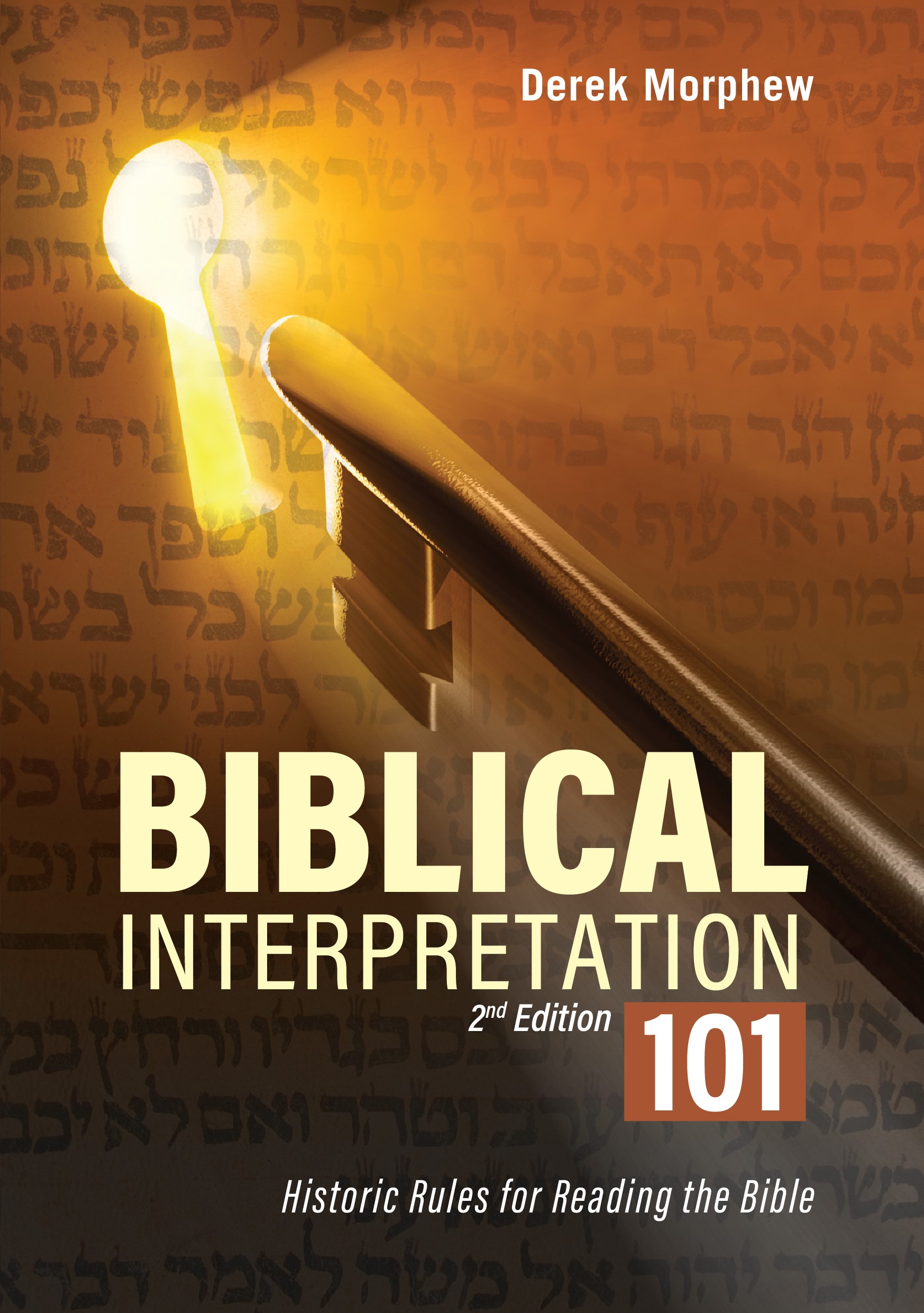
Table Of Contents
INTRODUCTION
THE FUNDAMENTALS OF HERMENEUTICS
PRINCIPLES OF INTERPRETATION
RULES OF INTERPRETATION
CONTEXTUAL INTERPRETATION AND THEOLOGICAL INTERPRETATION
THE INTERPRETER
INTERPRETING THE OLD TESTAMENT THROUGH THE EYES OF THE NEW TESTAMENT
RELATING THE TWO TESTAMENTS
REVELATION AND INTERPRETATION
BIBLIOGRAPHY
The target reader of this book is the regular preacher of the scriptures, small group leaders, and the average committed Christian who wants to know how to read and interpret the Bible responsibly. As a “101” is aims to avoid difficult concepts and to cover a fairly wide field at an introductory level.
Here are some of the subjects it covers:
- The act of interpretation is placed in a relational model, showing that humans are always engaging in interpretation, often unconsciously. We have certain natural skills to do so.
- Standard, historic principles and rules of interpreting scripture, normally found within the great tradition of the Reformers and the leaders of evangelical movements since then, are presented.
- Once this foundation has been laid, other diverse approaches to biblical interpretation are described.
- The second part of the book deals with the relationship between the Old Testament and the New Testament, providing a basic understanding of Rabbinical approaches current during the New Testament era, the unique way Jesus read and interpreted the Old Testament, and how this influenced the Christian movement and its writers.
- The final section deals with revelatory experiences of the Holy Spirit, or charismatic approaches to interpretation, and how this dimension relates to and is balanced by a commitment to the “rule of faith”, or ecumenical Christian tradition and its historic rules of interpretation.
